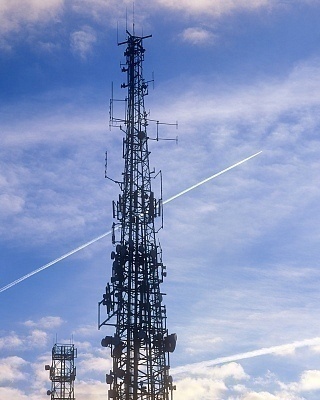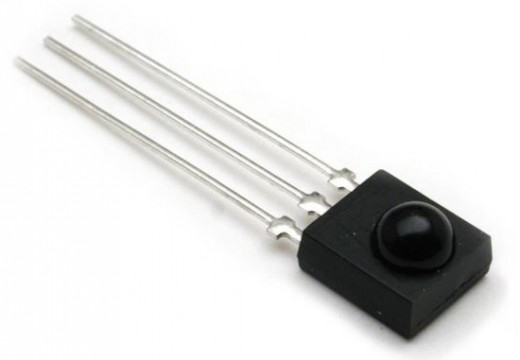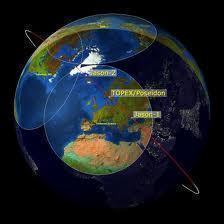Electromagnetic Interference (EMI) most commonly occurs in the 104 to 1012 Hertz frequency range of the electromagnetic spectrum. A number of sources create this interference, including radio transmitters, electric motors, power lines, fluorescent lights, and computer circuits. If electrical equipment do not have suitable EMI shielding in place, device failure may result from the interference due to the number of sensitive electronic components in most electronic equipment produced today. Although there are many national regulations that restrict products emissions today, taking into account EMI shielding for organically and non-organically created EMI is still a fundamental part of the electronic design process.
What is Electromagnetic Interference (EMI)?
Electromagnetic interference negatively impacts an electrical circuit due to direct interference from RF transmissions or electromagnetic induction. This interference may degrade, interrupt, obstruct, or otherwise limit the electronic circuit’s performance. Interference may occur naturally or other electronic equipment may generate it. EMI can be generated purposely in order to jam radios or radars as a form of electronic warfare.
History of EMI Regulation
Since the advent of radio communications, EMI’s negative effects have been observed from both intentional and unintentional sources. The International Electrotechnical Commission (IEC) met in 1933 in order to recommend that the International Special Committee on Radio Interference (CISPR) be created in order to help deal with the growing EMI problem. The committee then created technical documentation that produced the first measurement and testing techniques to be used in industry along with emission limitations. These regulations have since evolved into the basic electromagnetic transmission regulations that are in place today. In the United States, the FCC put legal limitations on electromagnetic emissions throughout the country. Today, most developed countries have some level of EMI regulation in place to help ensure a higher level of performance across all industries.
How does Electromagnetic Shielding Work?
Electromagnetic shielding provides “immunity” for electronic components that are susceptible to EMI and prevents the same components from transmitting excessive interference to their surrounding environment. The main method for doing this now entails circuit grounding and design and placement of the critical components in the device architecture. EMI shielding compounds and Faraday cages are also used in a housing technique to further shield a device’s transmissions and protect against outside interference.




Follow Us!